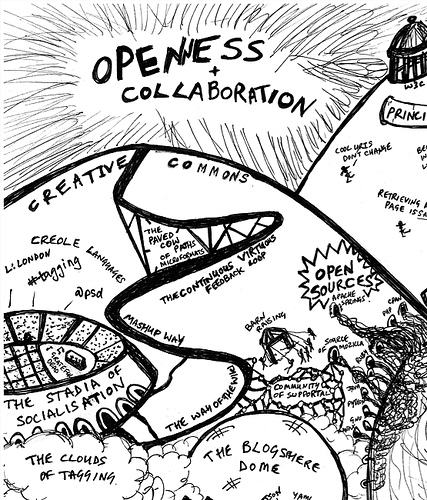Within the Open Innovation paradignm, collaborations between industry and academia, that is to say between the university, or more generally, public research and industry (named UI collaborations in the following), are encouraged. However, these collaborations are not always easy.
On the contrary!
Some find the collaboration sometimes degrading and may have the feeling of being exploited or robbed. They may even perceive this collaboration as a corruption of research, especially if it is imposed by the government.
The others are sometimes somewhat schizophrenic: while the top management would like to push towards open innovation even further, the teams who have to deal with these collaborations do not necessarily want them. Why should we outsource when we are so good?
For some, time constraints and performance requirements are fundamental.
For others, these constraints have no effect; on the contrary, they are counterproductive!
While some seek for a “why”, others seek for a “how” etc.
So in practice, UI partnerships are difficult. The article below is a summary of a report published by the National Council of University Research Administrators and the Industrial Research Institute in the United States.
Introduction
Although UI collaborations are not particularly recent, industry still wonders how to access public research to solve problems of regional, national and international importance. With an increasing global competitiveness, the industry is facing intense pressure to increase innovation, economic development and profitability. In this perspective, the success rates in UI collaborations must grow.
Examination of a series of collaborations between public research and industry have taught the following guidelines:
The respective institutional missions should underpin collaborations
Guideline # 1: a successful collaboration relies on the support of the mission of each partner. Any effort in conflict with the mission of one or the other is doomed to failure.
The decision to engage and how to engage in collaboration must be made only if it could reinforce the primary mission of each partner. A collaboration that has no potential to serve the mission of the two parties should not be undertaken, even if it seems very attractive.
Lasting collaboration is ideal
Guideline # 2: industry and public research should focus on long-term collaborations.
A long term collaboration is much more beneficial to both parties than a short-term collaboration. That is why the industry should adjust their policies, their training, professional rewards and their business practices to promote sustainable collaborations with research. At the same time, research organizations could, for example, offer more options for training and networking with people in charge of negotiating such collaborations.
Develop a framework to encourage sustainable collaborations
Guideline # 3: industry and public research should maximize the value of collaboration in making them more fluid and analyzing the results.
University – Industry collaborations will be more productive with a decrease of the negotiation duration and if the research could start as soon as possible, and this, according to the first two guiding principles. Once completed, these collaborations should be analyzed to “measure” the quality, correct imperfections and to ensure promotion.
A well built, a collaboration between university and industry overpasses the sum of each independent contribution.
Conclusion
Even if these guidelines seem obvious, they deserve to be emphasized, as they are often violated.
References and links
References
Illustration
- The illustration of the article “openness + collaboration” is licensed under Creative Commons and is available here.




Trackbacks/Pingbacks